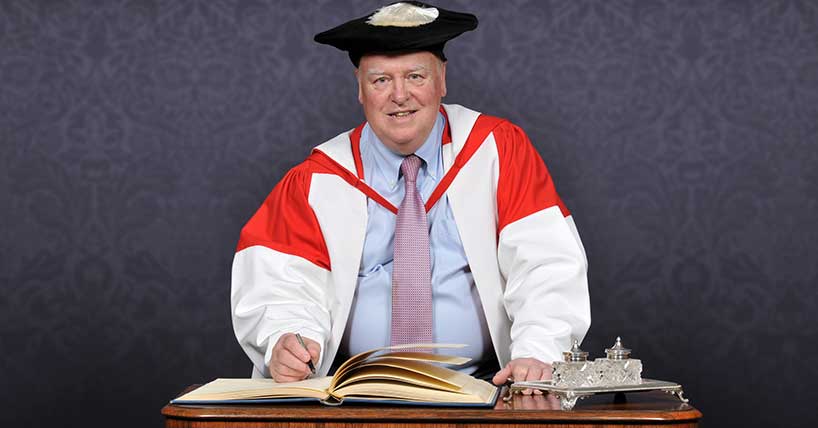Thinking Soils
Genetically modified buildings: Could bacteria create the foundations
Published on: 28 October 2016
Pressure responsive bacteria could create the foundations of buildings in the future, new research suggests.
Biocement
A team of scientists from Newcastle and Northumbria universities, led by architecture academic Dr Martyn Dade-Robertson, are investigating how they can create a new kind of material – biocement – where engineered cells react to changes in the environment and strengthen the soil around them. Their research is outlined in a paper which will be presented at the ACADIA conference, in Michigan, USA, this week.
The team have identified dozens of genes in E. Coli bacteria which are regulated by pressures of 10atm (10 times that of sea level). Using this, they are modifying the bacteria to create a ‘gene circuit’ which would enable the bacteria to respond to their environment by producing ‘biocements’.
Lead author Dr Martyn Dade Robertson, a Reader in Design Computation, in Newcastle University’s School of Architecture, Planning and Landscape, said: “This is really exciting research. We are trying to create a responsive material which could have broad architectural applications, for example creating foundations for buildings without needing to dig trenches and fill them with concrete.”

A new way of doing design
The importance of this research might go much further, however. As part of the project the researchers have developed a new type of Computer Aided Design (CAD) application. The application models pressures and stresses within a volume of soil under a building and maps different types of gene expression – predicting where the bacteria are likely to produce materials.
Dr Dade-Robertson suggests: “The application hints at new way of doing design. Imagine designing structures at the scale of a building by altering the DNA of microscopic bacteria cells. Such a technology would push well beyond the current state of the art and challenge a new generation of engineering designers to think at multiple scales from molecular to the built environment and to anticipate civil engineering with living organisms.”
Thinking Soils: A synthetic biology approach to material-based design computation by Martyn Dade-Robertson, Helen Mitrani, Anil Wipat, Aurelie Guyet, Javier Rodriguez Corral (Newcastle University, UK) and Meng Zhang (Northumbria University, UK, ) will be presented at the ACADIA conference in Michigan, USA, on 28th October 2016.



